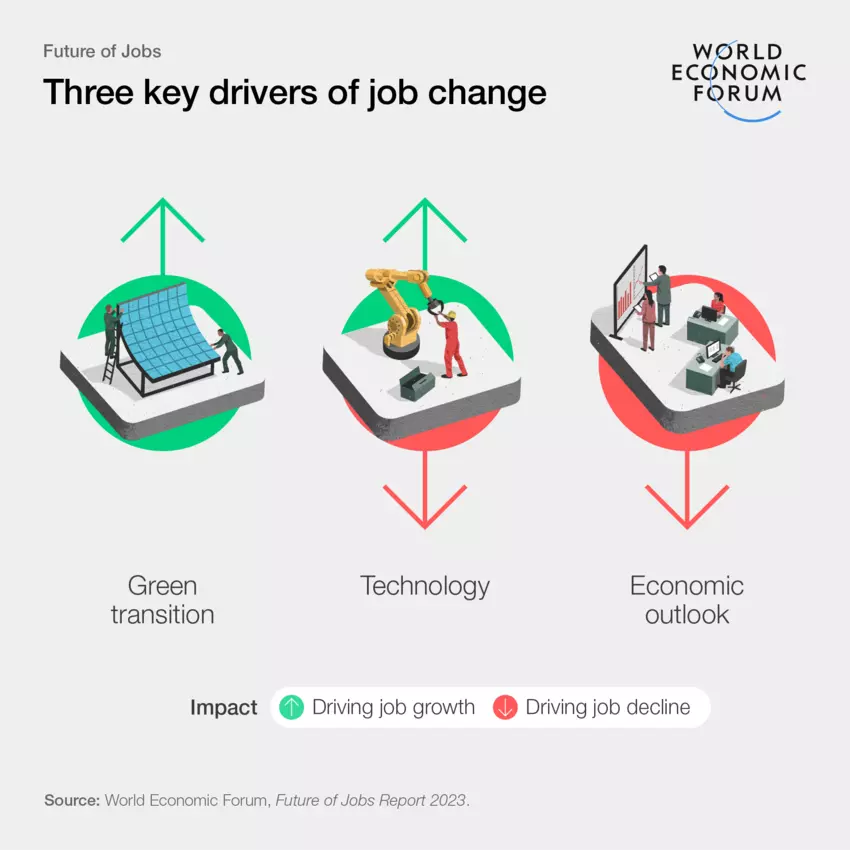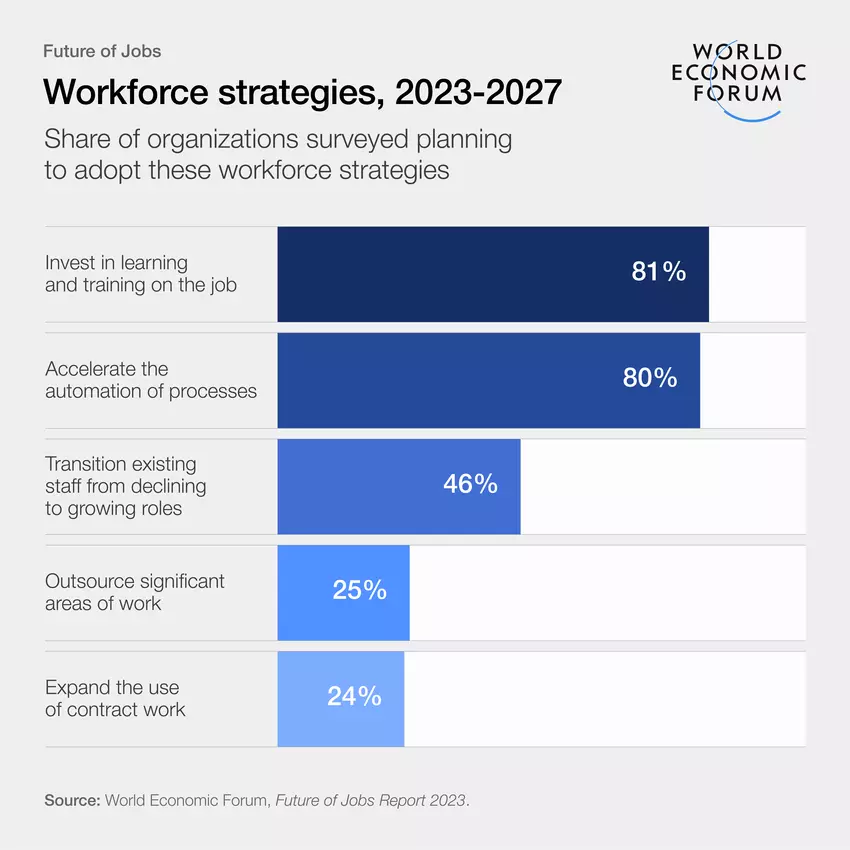
Demand for talent in the semiconductor industry has surged due to increased automation, robotics, and AI integration. The manufacturing industry, historically at the forefront of adopting new technologies, is rapidly adapting to evolving global needs. This has sparked a significant rise in demand for semiconductor professionals, with the sector seeing high double-digit growth, particularly in entry-level and design specialist roles. The expansion plans of companies in this sector further highlight this trend. Additionally, the construction of four chip manufacturing facilities across the country is fuelling the demand for skilled professionals.
Staffing and recruiting firms report that talent demand in this sector is robust, with double-digit growth. Leading companies, such as Kaynes Technology, Micron Technology, and SRAM & MRAM Group, plan to increase their workforce by 12,000, as reported by Xpheno, a specialist staffing firm. This raises the question: are Indian professionals prepared to seize the opportunities of the fourth industrial revolution?
READ | AI leadership: India seeks to bridge gap between ambition and reality
Riding the semiconductor boom
Building on this momentum, the Union government has taken steps to establish the country as a major semiconductor industry hub. In March 2024, Prime Minister Narendra Modi virtually inaugurated three new semiconductor fabs – one by a consortium led by Tata Group and another two by Israel-based Tower Semiconductor. These fabs, along with the Micron Technology plant under construction in Gujarat, represent a substantial investment and will create a large pool of new jobs.


The government has also increased its budgetary allocation for the modified programme for development of semiconductors and display manufacturing ecosystem in India by 130% in the 2024 Union Budget. This initiative aims to attract further investment and foster domestic chip design and manufacturing capabilities.
Skilling the workforce
Recognising the skills gap, the government and industry leaders are working together to bridge it. Educational institutions are revamping their curricula to incorporate specialised courses in semiconductor design, fabrication, and testing. Additionally, companies are investing in on-the-job training programmes and collaborating with academic institutions to develop industry relevant programmes.
For example, in January 2024, HCL Tech partnered with Foxconn to establish an outsourced semiconductor assembly and testing (OSAT) facility in India. This partnership will not only create new jobs but also provide training opportunities for the workforce. By focusing on skilling and reskilling initiatives, India can ensure it has a workforce equipped to seize the opportunities presented by the growth of the semiconductor sector.
Future-proofing the workforce
On a positive note, while AI is expected to displace some jobs, it will not completely replace human labour. Instead, a new paradigm of human-machine collaboration is emerging, as noted in a Deloitte report titled The Future of Work in Manufacturing: What will jobs look like in the digital era. New roles will demand skills such as operating and troubleshooting robotic systems, interpreting AI-generated data, and basic programming.
The AI revolution will automate certain jobs, creating new roles that require a different skill set. There is a growing demand for skilled labour in areas like circuit board fabrication, large-scale circuit manufacturing, foundry establishment, and semiconductor synthesis. However, the availability of professionals with these skills does not necessarily meet the demand, highlighting a skills gap in emerging job roles.
The Deloitte report stresses the increasing importance of soft skills, including critical thinking, problem-solving, communication, and teamwork, especially in a collaborative environment with machines. Manufacturing companies are thus focusing on developing these key skills among their workforce.
A World Economic Forum report titled Future of Jobs Report predicts a shift in skill importance over the next five years, with cognitive skills becoming increasingly vital, indicating the rising complexity of manufacturing processes. Interestingly, it suggests a slight preference for creative over analytical thinking, indicating that future problem-solving in manufacturing may require innovative, out-of-the-box thinking.
Technology literacy is identified as the third fastest-growing skill, in line with the increased use of automation, robotics, and AI in manufacturing. Workers adept at using these technologies and leveraging data for process optimisation will be in high demand. The World Economic Forum report also notes that while no current skills are expected to vanish entirely, the relevance of certain skills, like basic literacy, numeracy, global citizenship, sensory-processing, and manual precision, may decline.
The challenge lies in keeping pace with rapidly evolving technology and ensuring that academic learning remains relevant. There is a notable lack of specialised undergraduate courses in semiconductor manufacturing, with most training focused on engineering diplomas. Educators need to update curricula to reflect emerging fields, and companies must invest in reskilling and upskilling employees to stay competitive.
With the construction of four semiconductor industry facilities in Dholera, Sanand, and Assam, India anticipates over 100,000 new jobs in the near future. There is a high demand for professionals in design, manufacturing, and research and development, spanning various domains like electrical engineering, hardware and software development, and telecommunications engineering.
